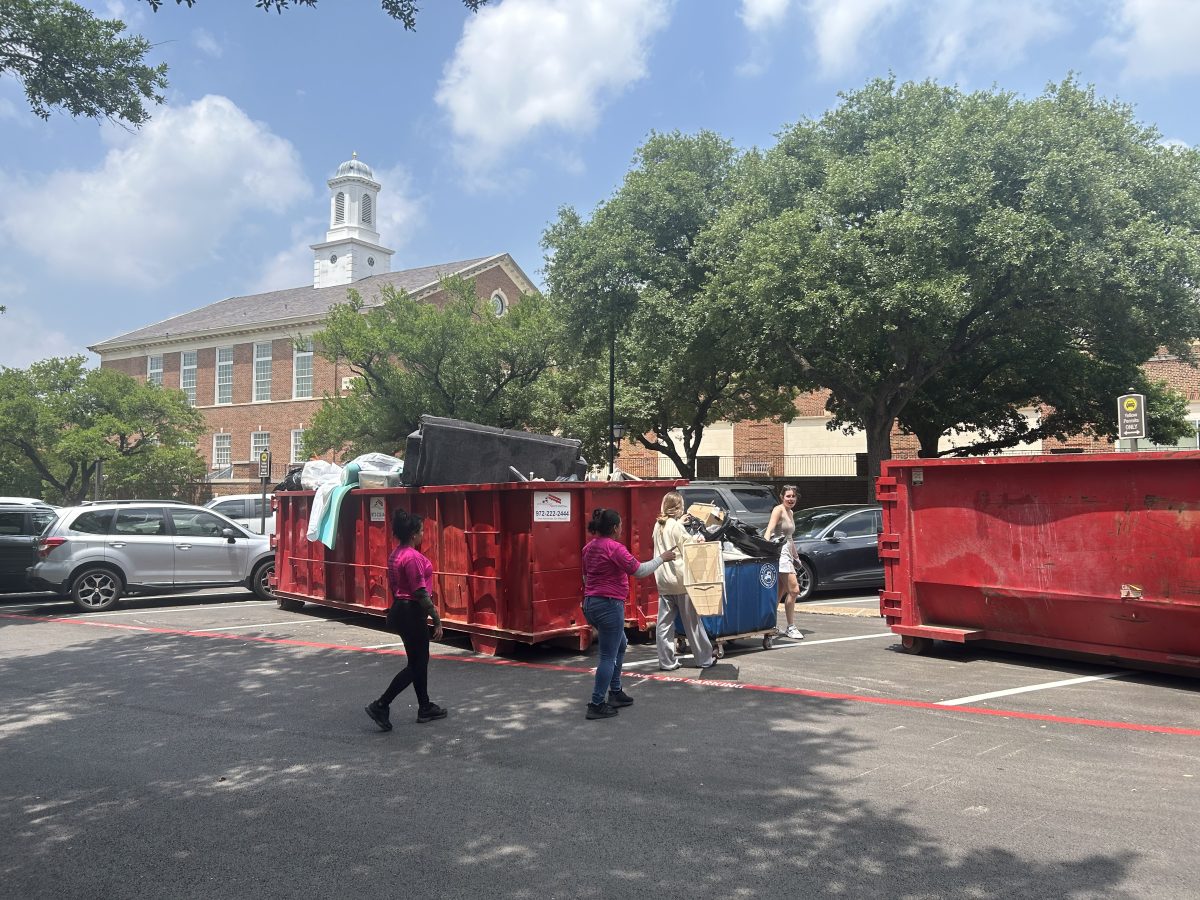
Former CIA operative Valerie Plame speaks to students and faculty during a forum in the Collins Center for Executive Education prior to her lecture last night. Plame’s employment at the CIA was revealed as payback in response to her husband’s article questioning the government’s entry into Iraq. (Lindsey Perkins)
Auto industry executives took their case to Capitol Hill on Tuesday to make their case for their own industry bailout. It appears, however, there is no help on the horizon for the beleaguered Detroit auto manufacturers.
General Motors, Ford and Chrysler are facing dire straights after record high fuel prices were followed by a stagnating economy taking their traditional trucks and SUV’s out of favor with the American consumer.
The executives of the big three automobile companies testified in front of the senate banking committee. Rick Wagoner, head of GM, told the committee that the rescue package would be about more than just saving the ailing industry.
“This is about much more than just Detroit,” Wagoner said. “It’s about saving the U.S. economy from a catastrophic collapse.”
Combined, the big three employ 250,000, or one in every ten American workers directly. This figure goes up exponentially if including parts manufacturers.
The companies are seeking a $25 billion bailout loan from the federal government to stay out of bankruptcy. The hearings came Tuesday following the proposed bailout bill by Senate Democrats. The bill stalled on the Senate floor facing opposition both from Senate Republicans and the Bush administration.
The plan called to take the funds from the previously passed $700 billion bailout for the banking industry.
Congress would typically adjourn for the year at the end of this week, but House Majority Leader Steny Hoyer said that Congress may need to return before the year’s end to address the issues facing the auto industry.
“Dealing with the automobile crisis is a pressing need. We are talking about a lot of people,” Hoyer said. “And a great consequence to our economy.”
There is a push to take action by the end of the year because the automakers seem to be circling the drain and may not be able to wait for action from an Obama administration.
GM is burning through its cash reserves quickly and has delayed reimbursing its car dealers for sales incentives as it could run out of cash by the end of the year.
The Senate Democrats rejected the GOP idea of rewriting a loan plan from early September for the automakers to use to update factories to meet fuel efficiency standards.
While auto industry representatives were pleading their case to the banking committee, Treasury Secretary Henry Paulson was defending his handling of the $700 billion bailout package in front of the House Financial Services Committee.
The committee hammered Paulson for not doing enough to help distressed homeowners and not forcing banks with the infused capital to increase their lending, one of the cruxes of the bailout plan.
Paulson said that he is hesitant to use the fund in part to provide mortgage guarantees, but did say that the government would look into ways to curb the spiraling out of control foreclosure rate.
Paulson has changed the direction of the fund a few times. The original plan was to buy the toxic assets from the banks and free them up to start lending once again. Then the plan was moved to directly inject capital into banks by buying and owning stakes in the banks.
Treasury has already committed $250 billion to the capital injections and promised $40 billion to the beleaguered insurance giant AIG. That leaves a remaining $60 billion of the initial $350 billion to be used. Paulson said that there were no plans for any additional injections beyond those already planned and that the remaining $350 billion would be left for the next administration to use at their discretion.
Members of the finance committee prodded Paulson about the possibility of using a portion of the find for helping out the Detroit automakers. Paulson sternly opposed the idea.
“I don’t see this as the purpose” of the bailout program, which is intended to stabilize jittery financial markets and get lending flowing more freely again, Paulson told the panel.
Paulson concluded his session on the Hill by saying that the U.S. had turned a corner and averted a collapse, but stressed: “there was still a lot of work that needs to be done in terms of recovery of the financial system.”








